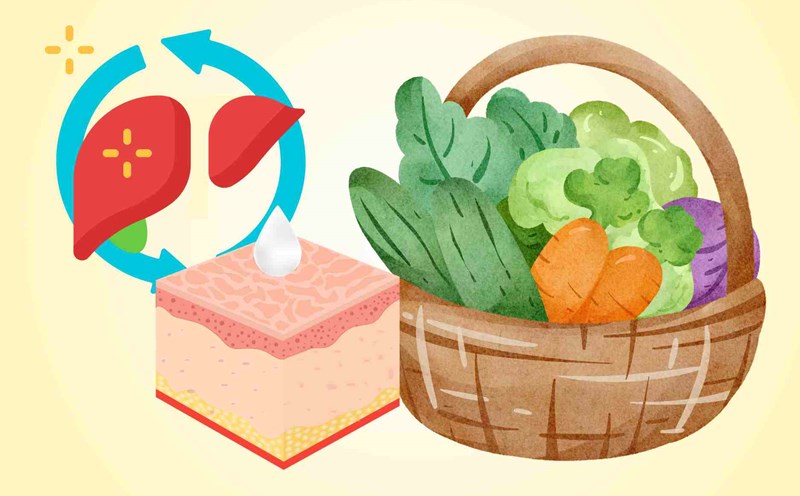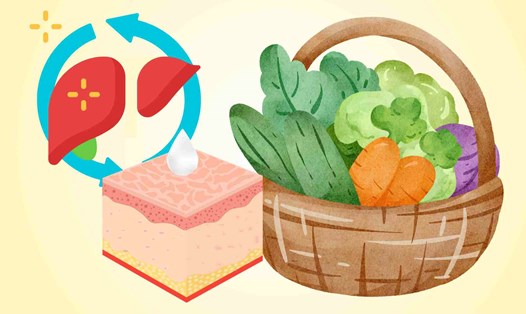Eat diverse, colorful foods
According to the 2020 - 2025 Dietary Guidelines for Americans, 85% of the body's nutritional needs should be met from natural foods, instead of depending on tablets. Therefore, housewives should prioritize many types of vegetables and fruits with bright colors, red, orange, green, yellow because this natural pigment contains antioxidants and precious vitamins.
Each color of vegetables and fruits represents a different group of nutrients, says Dr. Aviv Joshua, a clinical nutritionist in California, USA. When the meal is colorful, it means your body is getting enough necessary vitamins in the most natural way."
Dark green vegetables, citrus fruits, nuts, milk, fish and eggs are abundant sources of vitamins A, C, D, E, K, group B that family caregivers should include in their daily menu.
Choose foods according to your body's needs
Not everyone has the same nutritional needs. Elderly people need to supplement more vitamin D and calcium to avoid osteoporosis, while pregnant women need more folic acid (vitamin B9) to support the development of the fetus.
Some easy-to-find foods rich in vitamins include:
Broccoli: contains lots of vitamins C, K and calcium.
Chicken: rich in B vitamins, helps increase energy.
Eggs: provide vitamins A, D, E and choline, which are good for the brain.
Berries: rich in vitamin C and antioxidants, help slow down the aging process.
Take supplements when the menu is not enough
Supplements can be a help when the diet does not meet your needs. However, Dr. Aviv Joshua recommends: Vitamin tablets should not be considered a meal replacement. Use them with instructions, the right dosage, and have their vitamin levels in the blood periodically checked."
Some groups of people need to pay attention include: pregnant women, vegetarians, people with chronic diseases or the elderly. Before using, you should consult your doctor to avoid over dosage of vitamins A, D, iron or calcium, which can harm the liver, kidneys and cardiovascular system.











